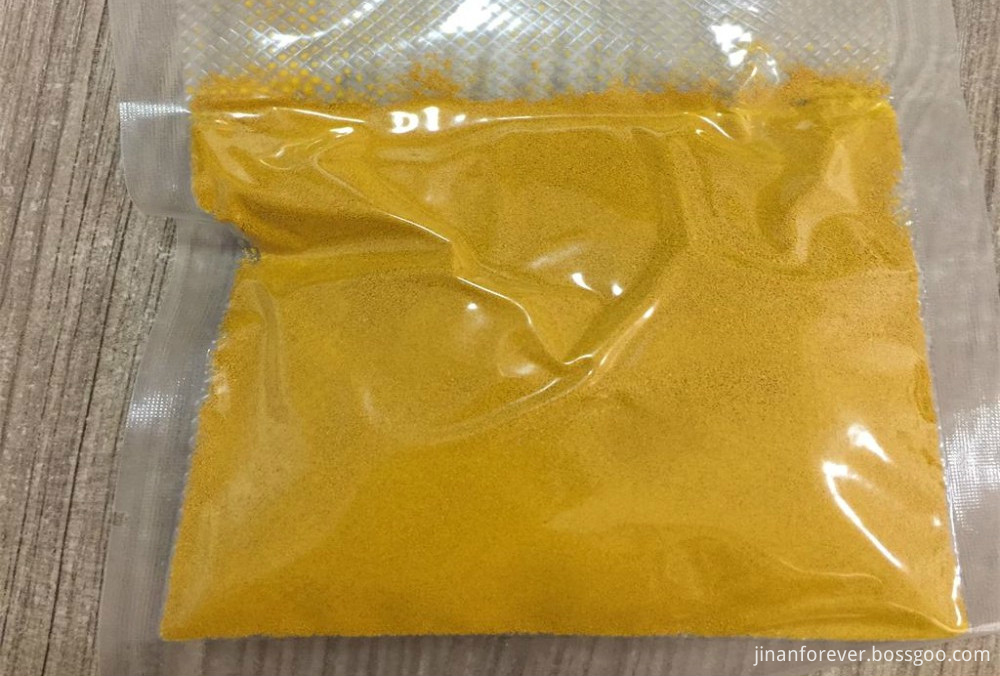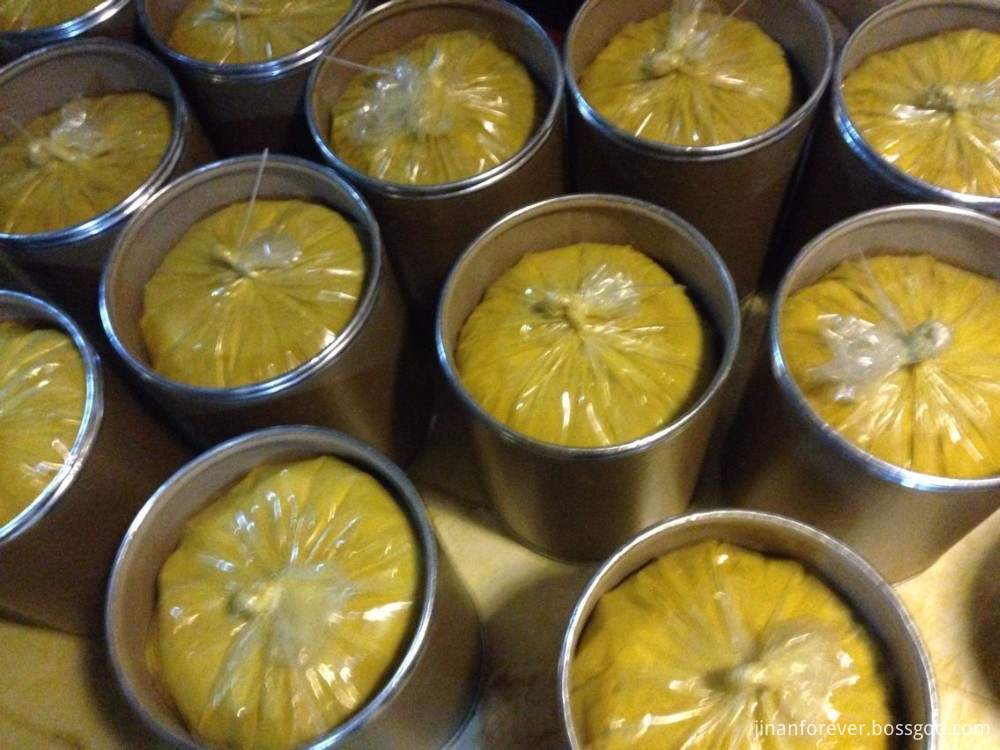Recently, the US Department of Commerce finalized the dumping behavior of China's crystalline silicon photovoltaic cells, ranging from 18.32% to 250%. It also ruled that China's exports to the US received 14.78% to 15.97% subsidies. Earlier, the EU, which is China's main export market, also announced on September 6 that it initiated an anti-dumping investigation against Chinese PV companies. At present, 90% of China's PV industry, which relies on exports, faces triple pressures such as the closure of European and American terminal markets, the impact of low-priced polysilicon imports, and the maturity of emerging markets. The news of losses and layoffs in the industry is frequent. At present, the operating rate of the polysilicon industry is less than 20%, and the average market price has reached 18.58 US dollars / kg, a decrease of 5.45%. In the short term, the market will continue to operate at a low level, and it is expected that the market will gradually stabilize and slowly recover. The first heavy pressure: continuous encounters of "double reverse", the export of photovoltaic products is difficult to continue. For the photovoltaic industry, the hottest word of this year is "double anti-". The United States, Europe and India have successively launched a "double-reverse" investigation on Chinese PV products, just like dominoes, pushed to the first block, followed by successive reactions. Come. On October 10th, the results of the final ruling of the US Department of Commerce showed that the final ruling was significantly higher than the preliminary ruling. Because the EU has finalized the United States as a surrogate country to assess the cost of photovoltaic products, this move has also greatly affected the EU's "double-reverse" situation, and it is expected that there will be no chance of a turnaround. The industry believes that the entire European and American markets will close the door to China's photovoltaic products. The second pressure: low-cost import shocks, domestic polysilicon enterprises are struggling. US, Korean and German polysilicon companies have increased their exports to China. According to statistics, from January to September this year, domestic imports of polysilicon 63,000 tons, an increase of 35%, has exceeded the annual import volume last year. In terms of imports, the United States accounted for 45%, South Korea accounted for 25%, and Germany accounted for 20%. Although the Ministry of Commerce has launched a "double-reverse" investigation on the import of polysilicon from these three countries, at present, the number of imported polysilicon does not fall, And the price continues to decline, which has brought a big impact on the domestic polysilicon market. According to the statistics of the Silicon Industry Branch of China Nonferrous Metals Industry Association, there are 43 polysilicon enterprises that have been put into production in China, plus some other small and scattered enterprises, totaling 60 to 70, and now only 10 projects are under construction, and the operating rate is less than 20 %. The third pressure: the market is slow to start, and emerging markets are difficult to break in the short term. In the “winter†of the photovoltaic industry, the whole industry is more convinced that such a voice: only seeking and exploring emerging markets and attracting new investment is the way for PV companies to survive. At present, emerging photovoltaic markets such as Southeast Asia, South America, Eastern Europe and Japan account for 7% of the global market. In recent years, although it has achieved rapid growth, due to the small market volume, it is difficult to form a substantial positive for China's PV market in the short term. Relevant experts said that when new energy sources develop to a certain period, they will encounter some problems, but they do not have to be overly pessimistic, they must have confidence and see the prospect of strategic direction. The reporter learned that the Ministry of Industry and Information Technology, the National Energy Administration and other ministries and commissions have brewed a series of rescue measures to promote the orderly development of the photovoltaic industry. In mid-September, the National Energy Administration issued the “Twelfth Five-Year Plan for Solar Power Developmentâ€, which clearly states that by the end of 2015, the installed capacity of solar power will reach 21 million kilowatts, and the annual power generation will reach 25 billion kilowatt hours. On September 28, the National Energy Administration officially announced the “Notice on Declaring the Scaled Application of Distributed Photovoltaic Power Generation Demonstration Zoneâ€, requiring all provinces, autonomous regions and municipalities to report the first batch of distributed photovoltaic power generation application demonstrations in the “12th Five-Year Plan†before October 15th. District implementation plan. The China Development Bank has recently strengthened financial credit support for the photovoltaic industry, focusing on the “six major†companies such as LDK, Zhongneng Solar, Suntech Power, Yingli, Trina Solar and JA Solar, as well as Artes and Jingke. "Six small" enterprises such as Sunshine Power, Zhongdian Photovoltaic, Xinao and Qihui Sunshine ensure their credit lines. It is reported that the total credits of these 12 companies in China Development Bank reached more than 200 billion. At the same time, in July this year, the Ministry of Commerce launched a “double-reverse†investigation on imported polysilicon from the United States, South Korea, and Germany. This move, as a counter-measure against domestic “double-reverse†in Europe and the United States, will form a substance for domestic polysilicon enterprises. Good interest will effectively curb the current impact of polysilicon imports and increase the operating rate of domestic polysilicon enterprises. It is understood that since September, the news of the approval of domestic large-scale ground photovoltaic power station projects has been reported frequently. The approval of large-scale photovoltaic power plants has not only released the signal that the government will continue to support the development of the photovoltaic industry, but also indicates that the photovoltaic installation energy accumulated in the first eight months of this year is expected to be released in a period of time. In 2011, China's solar power installed capacity reached 3 GW, ranking fifth in the world. In 2012, it may reach the second place in the world. In the next few years, basically a large amount of production capacity will be digested at home. According to industry analysts, the recent operating rate of polysilicon enterprises will gradually increase, and at the same time, the upstream trichlorosilane industry will slowly recover.
Jinan Forever Chemical Co.,Ltd founded in 2005, is a production enterprise. Forever Chemical professionally works on AC blowing agents, 2-Aminophenol , Hydrazine Hydrate, Ferric Chloride Anhydrous. The factory covers an area of 3,00,00 square meters. The company owns advanced complete sets of equipment and top-quality inspection methods. It has set up good technical cooperation relationship with many state scientific institutes.
Sustainable development is a very important part for our corporate culture. Only with constant development, our company can go further and longer. To achieve this goal in the long term, we continue to increase the amount of foaming gas of AC Blowing Agent. We can produce different types of Azobisformamide , according to customers` different application in different fields.





AC Blowing Agent Yellow
ADC Blowing Agent Azodicarbonamide,AC Blowing Agent Yellow,Ac Blowing Agent Azodicarbonamide,Rubber AC Blowing Agent
Jinan Forever Chemical Co., Ltd. , http://www.jinanforever.com




